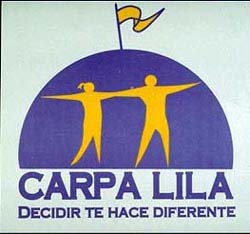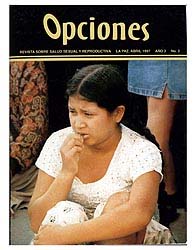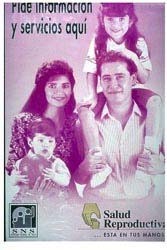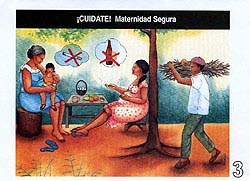
Who: Servir, Project Concern International, USA (PCI), Centro
de Promocion Agropecuaria Campesina, Bolivia (CEPAC). It was also funded by
Johns Hopkins University Center for Communication Programs, U.S.A. (JHU/CCP),
USAID
When: October 1998 through May 1999
Where:
throughout the three main geographic areas of Bolivia (highlands, valleys, and
tropics)
Why: to
show the rural people of Bolivia how important reproductive health issues are
Goal: to
increase use of condoms, reduce the infant mortality rate, and get people
thinking about reproductive health issues.
Target
Audience: the Bolivian people, especially in the rural areas.

Elements of the Campaign:
Before the tents were created there was the research stage. The
organizations reached out to the local authorities (municipal council, staff
from the health center, and military) to get them involved in the planning
process. Then, the training began. There were activities to train the
facilitators that would work in the tents. When the tent staff were finally
ready, they took the three tents out on the road. In addition to the tents,
information packets were distributed to school teachers so that the lessons
could continue after the tent has gone.
Outside of the tent, there would be
puppet shows, live music, and dance to get the crowd’s attention. They would
also use those opportunities to slip in their messages about reproductive
health. Inside of the tent, groups of 10 people would be brought through a
series of activities that would take roughly one hour. The activities addressed
topics like birth control, infant mortality, and maternal mortality. All of the
activities were participatory. The Lilac Tent was not meant to talk at its
participants. The participants were meant to come to their own conclusions based
on the new information they are being introduced to. In addition, many of the
activities were discussion based. The facilitator would direct the conversation,
but in general, the facilitator would try to stay out of the conversation. Even
the exit of the tunnel was carefully planned. The exit of the tunnel was dark
and full of sensations that would recreate the birthing process for the
participants.
Results: In the 21 municipalities, over 200,000 people were reached, and 34,710 men and women actively participated inside of the tent. In addition the infant mortality rate improved from 67/1 to 96/1. In addition, use of condoms rose about 2.6%, use of IUD’s from 4.8% to 11%, and the knowledge of at least one method of birth control has risen from 67% to 87%.



